Protecting Your Home: Understanding Mold Inspection
Mold, a common yet often underestimated household issue, can pose significant risks to both your property and health. Understanding the importance of a professional mold inspection is the first step in ensuring a safe and healthy living environment. This section provides a comprehensive overview of mold inspections, helping you make informed decisions about protecting your home and well-being.
Why is Mold Inspection Important?
Mold thrives in damp, humid conditions, often hidden behind walls, under floors, or in poorly ventilated areas. Its presence can lead to a variety of problems:
- Health Concerns: Exposure to mold can trigger allergic reactions, respiratory issues, and other health problems, particularly in sensitive individuals such as children, the elderly, and those with pre-existing conditions.
- Property Damage: Mold can damage building materials like drywall, wood, and insulation, leading to costly repairs and structural issues.
- Reduced Property Value: The presence of mold can significantly decrease the value of your home and make it difficult to sell.
- Indoor Air Quality: Mold releases spores into the air, compromising indoor air quality and creating an unhealthy living environment.
A professional mold inspection can identify hidden mold growth, assess the extent of the problem, and provide recommendations for effective remediation.
What Does a Mold Inspection Involve?
A thorough mold inspection typically includes the following steps:
- Visual Inspection: The inspector will conduct a comprehensive visual examination of your property, looking for signs of mold growth, water damage, and other conditions conducive to mold development.
- Moisture Mapping: Using moisture meters and other specialized equipment, the inspector will identify areas with elevated moisture levels, which can indicate hidden mold growth.
- Air Sampling: Air samples are collected to determine the concentration of mold spores in the air and identify the types of mold present. These samples are then sent to a laboratory for analysis.
- Surface Sampling: If visible mold is present, surface samples may be collected to identify the specific species of mold.
- Report and Recommendations: Following the inspection, you will receive a detailed report outlining the findings, including the location and extent of any mold growth, moisture levels, and recommendations for remediation.
When Should You Consider a Mold Inspection?
Several situations warrant a professional mold inspection:
- Visible Mold Growth: If you see or smell mold in your home, it’s crucial to have it inspected to determine the extent of the problem and prevent further spread.
- Water Damage: Following a flood, leak, or other water damage event, a mold inspection can help identify hidden mold growth that may develop in damp areas.
- Musty Odors: Persistent musty odors can indicate the presence of mold, even if it’s not visible.
- Health Symptoms: If you or your family members are experiencing unexplained health symptoms such as allergies, respiratory problems, or skin irritation, mold exposure may be a contributing factor.
- Real Estate Transactions: Buyers should consider a mold inspection before purchasing a home to ensure a safe and healthy living environment. Sellers may also choose to have their property inspected to address any mold issues before listing it for sale.
Choosing the Right Mold Inspection Company
Selecting a qualified and experienced mold inspection company is essential for accurate assessment and effective remediation. Consider the following factors when choosing a mold inspector:
- Certifications and Licensing: Ensure the inspector is certified by a reputable organization and licensed to perform mold inspections in your area.
- Experience: Look for a company with a proven track record and extensive experience in mold inspection and remediation.
- Equipment and Technology: The inspector should use state-of-the-art equipment and technology to accurately detect and assess mold growth.
- Insurance: Verify that the company carries adequate insurance coverage to protect you from liability in case of accidents or damages.
- References and Reviews: Check online reviews and ask for references from previous clients to gauge the company’s reputation and customer satisfaction.
The Benefits of Professional Mold Inspection
Investing in a professional mold inspection offers numerous benefits:
- Accurate Identification: Trained inspectors can accurately identify the types of mold present and assess the extent of the problem.
- Hidden Mold Detection: Inspectors have the tools and expertise to detect hidden mold growth behind walls, under floors, and in other concealed areas.
- Preventative Measures: A mold inspection can help identify underlying moisture problems and recommend preventative measures to avoid future mold growth.
- Health Protection: By identifying and addressing mold issues, you can protect your family from potential health risks.
- Property Value Preservation: Addressing mold problems promptly can help maintain the value of your home and avoid costly repairs down the road.
Understanding Mold Remediation
If a mold inspection reveals the presence of mold, remediation is necessary to remove the mold and prevent its recurrence. Mold remediation involves:
- Containment: Isolating the affected area to prevent the spread of mold spores to other parts of the building.
- Removal: Physically removing the mold-contaminated materials and cleaning the affected surfaces.
- Cleaning: Cleaning and disinfecting the area to kill any remaining mold spores.
- Drying: Drying the area thoroughly to prevent future mold growth.
- Prevention: Addressing the underlying moisture problem to prevent mold from returning.
By understanding the importance of mold inspection and taking proactive steps to address mold issues, you can create a healthier and safer living environment for yourself and your family.
Our Charlotte Mold Services
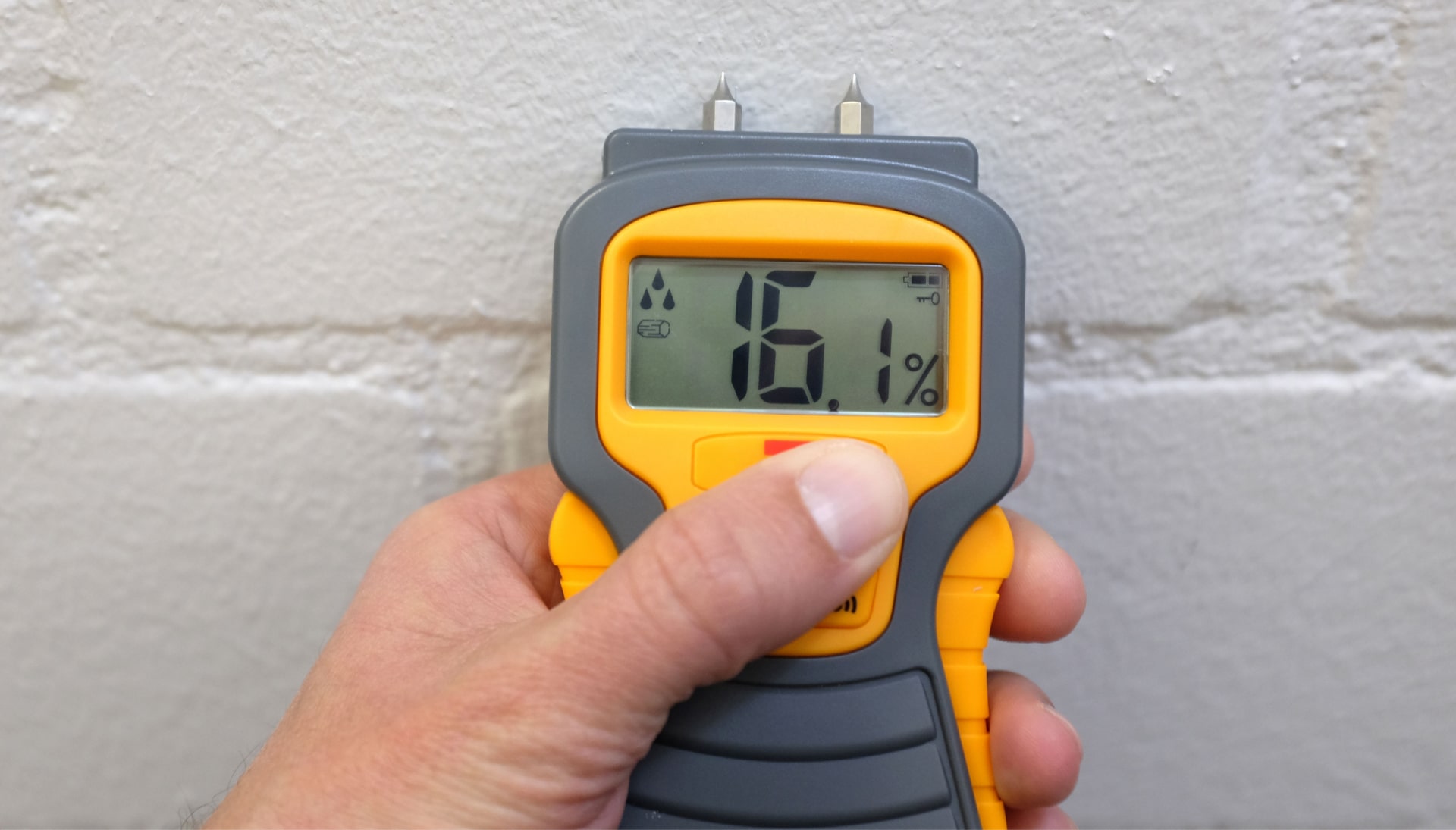
Mold Testing in Charlotte
We offer no-obligation testing to see if your home or building is infected with mold. Call us or complete our contact form today for your no-risk quote!

Mold Inspections
During the mold inspection, we inspect your entire Charlotte property and look for signs of mold growth.

Mold Removal and Remediation
It’s crucial for you to entrust a professional Charlotte, North Carolina mold company for the mold removal job.
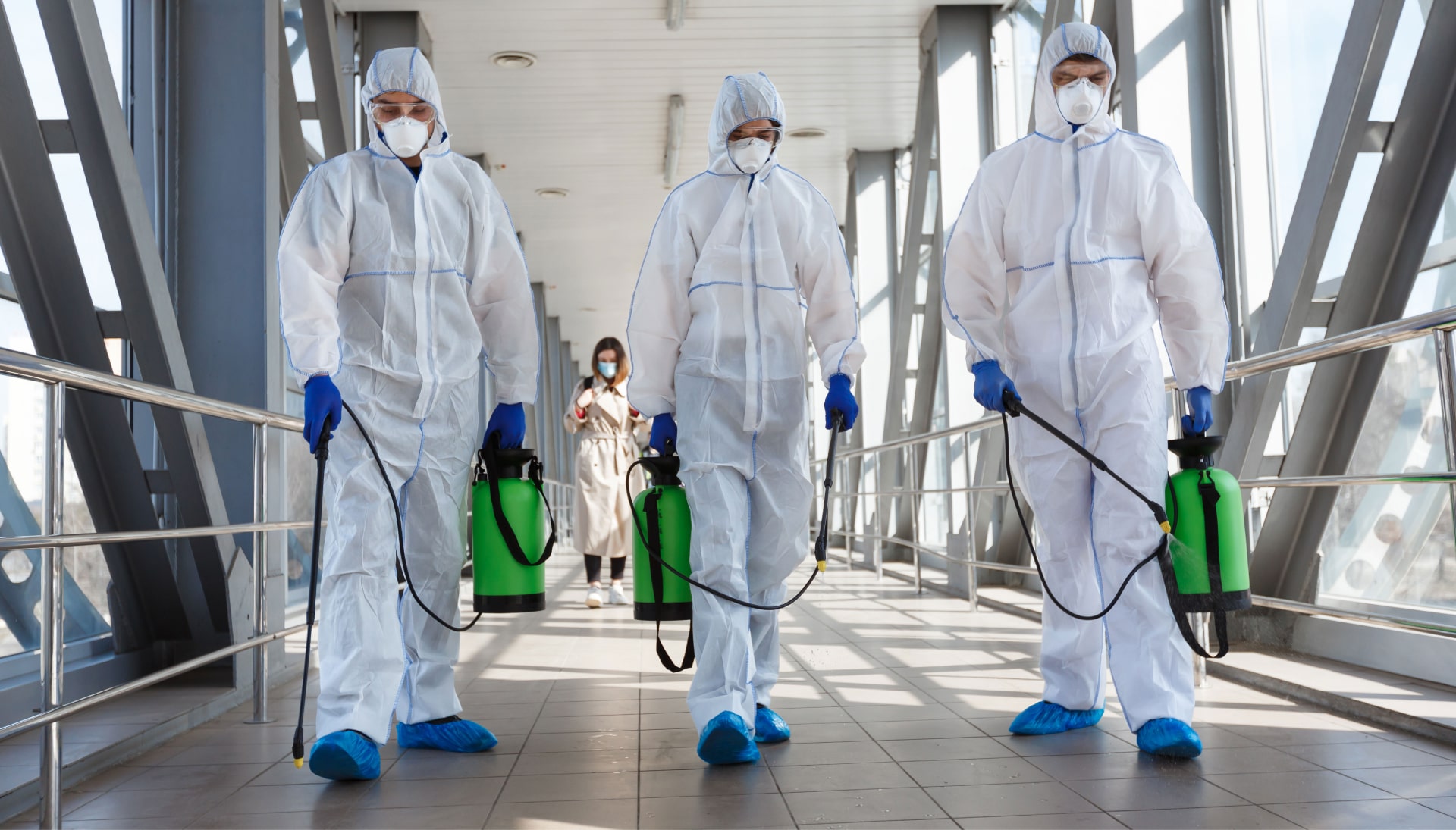
Testing Indoor Air Quality
The indoor air quality of your Charlotte property is extremely important for your health and wellness. Make sure your air is safe to breath.
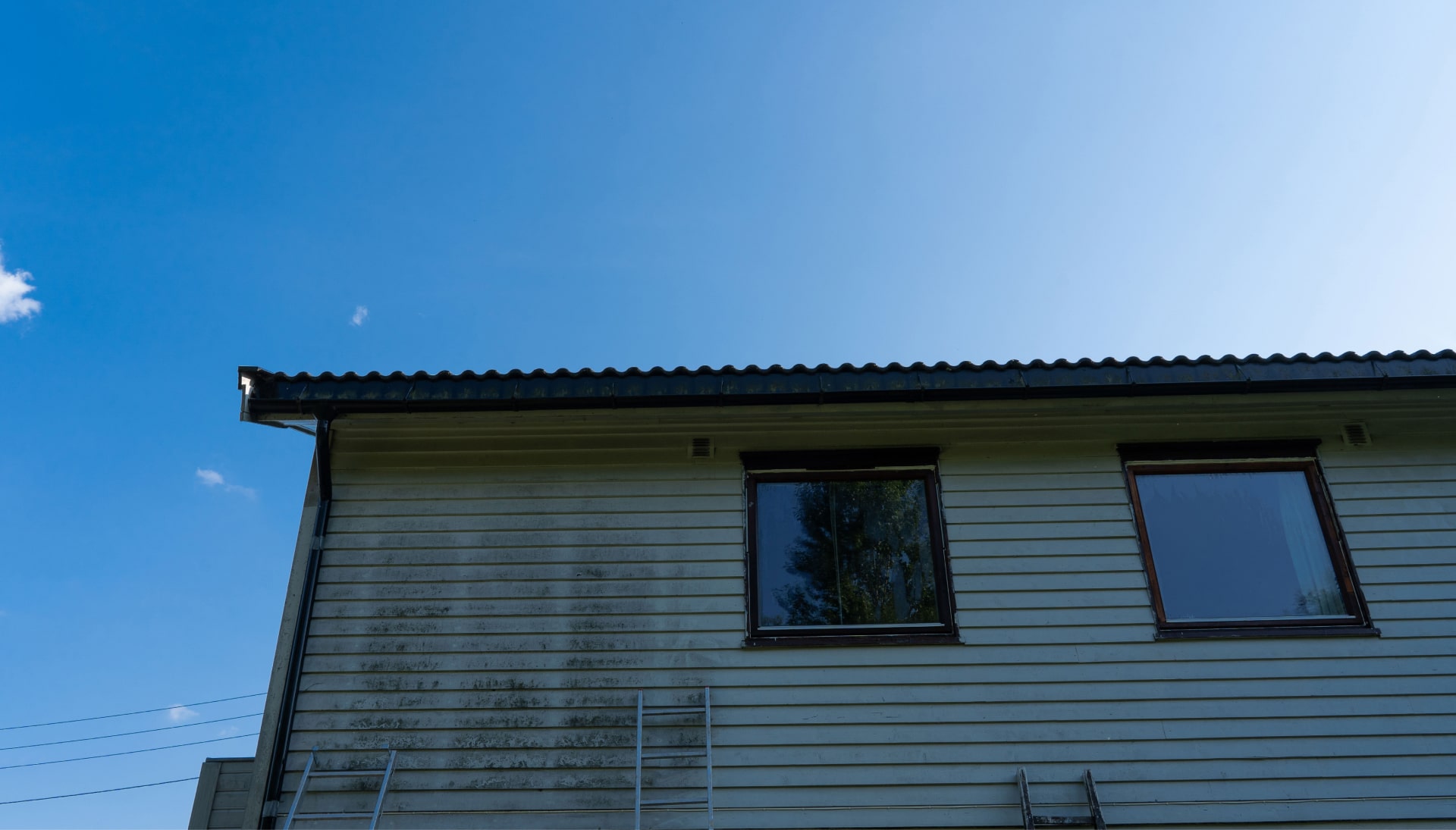
Residential Mold Removal Service
Since we have a skilled team with state-of-the-art equipment, we take pride in our Charlotte, North Carolina mold remediation services for residential spaces.
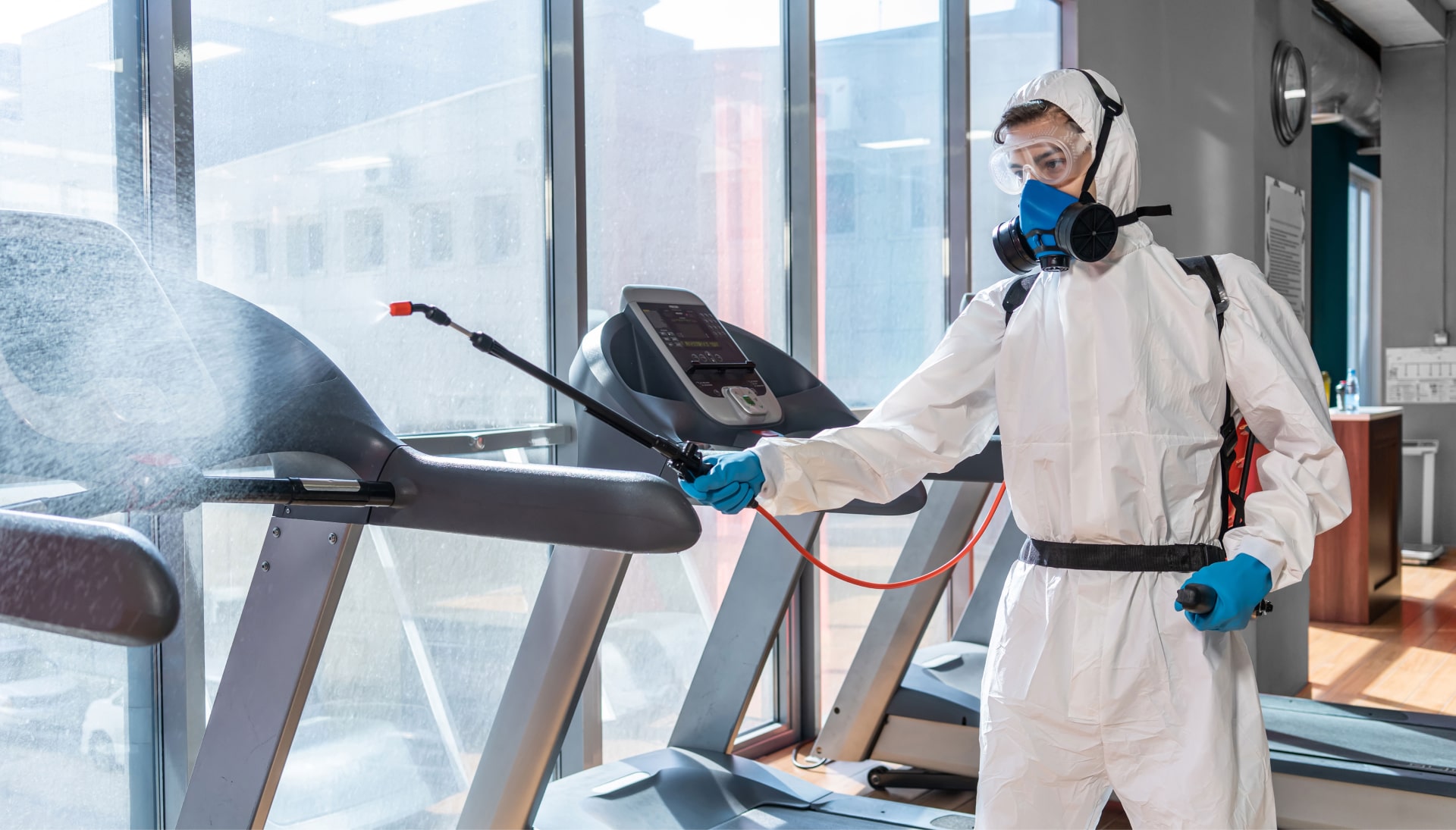
Commercial Mold Removal Service
People in a workplace should not be exposed to mold and mildew as it can affect their health negatively while creating an unhealthy environment. Contact us to ensure your Charlotte workplace is safe.
Protecting Your Home with Expert Mold Inspection Services
Mold growth in your home can be more than just an eyesore; it can pose significant health risks and compromise the structural integrity of your property. Understanding the potential dangers and taking proactive steps to identify and address mold issues is crucial for maintaining a healthy and safe living environment. Our comprehensive mold inspection services provide you with the knowledge and peace of mind you need to protect your family and your investment.
Why is Mold Inspection Important?
Mold thrives in damp, humid environments and can quickly spread throughout a building if left unchecked. It releases microscopic spores into the air, which can trigger allergic reactions, respiratory problems, and other health issues, especially in sensitive individuals such as children, the elderly, and those with pre-existing conditions. A professional mold inspection can:
- Identify hidden mold growth in areas that are not readily visible, such as behind walls, under floors, and in crawl spaces.
- Determine the type and extent of mold contamination, allowing for targeted remediation strategies.
- Assess the underlying causes of mold growth, such as leaks, condensation, or poor ventilation, to prevent future recurrence.
- Protect your health and the health of your family by ensuring a safe and healthy living environment.
- Maintain the value of your property by addressing mold issues promptly and effectively.
Our Comprehensive Mold Inspection Process
Our certified mold inspectors utilize advanced techniques and equipment to conduct thorough and accurate mold inspections. Our process typically includes the following steps:
- Visual Inspection: A detailed examination of your property, both inside and out, to identify visible signs of mold growth, water damage, and other potential problem areas.
- Moisture Mapping: Using moisture meters and infrared cameras to detect hidden moisture sources and areas of elevated humidity that can support mold growth.
- Air Sampling: Collecting air samples to determine the presence and concentration of airborne mold spores. These samples are analyzed by an independent, accredited laboratory to identify the types of mold present.
- Surface Sampling: Collecting surface samples from suspected mold growth areas to confirm the presence of mold and identify the specific species.
- Detailed Reporting: Providing you with a comprehensive report that outlines our findings, including the location and extent of mold contamination, the likely causes of mold growth, and recommendations for remediation.
Understanding Indoor Air Quality and Mold
The quality of the air you breathe indoors significantly impacts your health and well-being. Mold contamination can severely degrade indoor air quality, leading to a range of health problems. Mold spores can become airborne and easily inhaled, causing allergic reactions, respiratory irritation, and asthma exacerbation. Mycotoxins, toxic substances produced by certain types of mold, can also contaminate the air and pose additional health risks.
Our mold inspection services help you assess the indoor air quality of your home and identify potential mold-related issues. By identifying and addressing mold growth, we can help you improve your indoor air quality and create a healthier living environment.
Preventing Mold Growth: Proactive Measures
While professional mold inspection and remediation are essential for addressing existing mold problems, taking proactive steps to prevent mold growth is equally important. Here are some tips to help you maintain a mold-free home:
- Control humidity levels: Use dehumidifiers in damp areas, such as basements and bathrooms, and ensure proper ventilation.
- Fix leaks promptly: Repair any leaks in your roof, plumbing, or windows to prevent water damage.
- Clean and dry water-damaged areas immediately: If you experience a water leak or flood, clean and dry the affected areas within 24-48 hours to prevent mold growth.
- Improve ventilation: Ensure adequate ventilation in your home, especially in bathrooms and kitchens, by using exhaust fans.
- Regularly inspect your property: Conduct routine inspections of your home to identify any signs of water damage or mold growth.
Schedule Your Mold Inspection Today
Don’t wait until mold becomes a serious problem. Protect your home and your health by scheduling a professional mold inspection today. Contact us to learn more about our services and to schedule an appointment. Our certified mold inspectors are ready to help you create a healthy and safe living environment.
Mold Testing and Inspections
Safeguarding Your Home: Comprehensive Residential Mold Inspection
Mold growth in a home is more than just a cosmetic issue; it’s a potential health hazard that can compromise the well-being of your family and the structural integrity of your property. Understanding the risks associated with mold and taking proactive steps to identify and address it are essential for maintaining a healthy and safe living environment.
Why Residential Mold Inspection Matters
Mold thrives in damp, poorly ventilated areas, often hidden from plain sight behind walls, under floors, or in attics. A professional residential mold inspection is crucial for detecting these hidden infestations, assessing the extent of the problem, and recommending appropriate remediation strategies. Ignoring mold growth can lead to a range of health problems, especially for individuals with allergies, asthma, or compromised immune systems.
The Importance of Professional Mold Assessment
While DIY mold testing kits are available, they often provide limited information and may not accurately represent the full scope of the problem. A qualified mold inspector has the expertise and equipment to conduct a thorough assessment of your home, identify all sources of mold growth, and determine the types of mold present. This information is critical for developing an effective remediation plan that addresses the root cause of the problem and prevents future recurrence.
What to Expect During a Residential Mold Inspection
A comprehensive residential mold inspection typically involves a visual examination of the property, moisture mapping to identify areas of elevated humidity, and air or surface sampling to determine the presence and concentration of mold spores. The inspector will carefully assess areas prone to moisture intrusion, such as bathrooms, kitchens, basements, and attics. They will also look for telltale signs of mold growth, such as discoloration, musty odors, and water damage.
Understanding Mold Testing and Sampling
Mold testing is an integral part of the inspection process, providing valuable data about the types and levels of mold present in your home. Air samples are collected to determine the concentration of mold spores in the air, while surface samples are taken from visible mold growth to identify the specific species. The samples are then sent to a certified laboratory for analysis, and the results are used to guide the remediation process.
The Benefits of Timely Mold Remediation
Addressing mold growth promptly is essential for protecting your health and preserving the value of your property. Mold can cause a variety of health problems, including respiratory irritation, allergic reactions, and asthma attacks. In addition, mold can damage building materials, leading to costly repairs and structural issues. By investing in professional mold remediation, you can eliminate the source of the problem, prevent further damage, and create a healthier living environment for your family.
Preventing Future Mold Growth
After mold remediation, it’s important to take steps to prevent future growth. This includes addressing any underlying moisture problems, such as leaky roofs or plumbing, improving ventilation in damp areas, and maintaining proper humidity levels in your home. Regular inspections and maintenance can help identify and address potential problems before they escalate into full-blown mold infestations. Engaging in proactive measures to control moisture and promote good air circulation will contribute to a healthier, mold-free home.
Ensuring a Healthy Home Environment
Your home should be a safe and healthy haven for you and your family. By understanding the risks associated with mold growth and taking proactive steps to identify and address it, you can ensure a comfortable and healthy living environment. A professional Residential Mold Inspection provides the insights and solutions needed to protect your property and well-being from the harmful effects of mold.
Mold TestingUnderstanding Commercial Mold Inspection
Mold can be a significant concern in commercial properties, impacting not only the structural integrity of the building but also the health and well-being of its occupants. A comprehensive commercial mold inspection is essential for identifying and addressing potential mold issues before they escalate into larger, more costly problems. These inspections are tailored to the unique challenges presented by larger buildings, such as office spaces, retail stores, warehouses, and industrial facilities.
Why is Commercial Mold Inspection Important?
Commercial buildings often have complex HVAC systems, extensive plumbing, and larger surface areas, creating diverse environments where mold can thrive. Regular inspections can:
- Protect Occupant Health: Mold exposure can lead to a range of health issues, from allergic reactions and respiratory problems to more severe conditions, especially in individuals with pre-existing sensitivities.
- Maintain Property Value: Mold growth can cause significant structural damage, reducing the value of the property and potentially leading to costly repairs.
- Ensure Regulatory Compliance: Many states and municipalities have regulations regarding indoor air quality and mold remediation in commercial buildings. Inspections help ensure compliance with these standards.
- Prevent Business Disruption: Mold infestations can disrupt business operations, leading to closures, lost productivity, and potential legal liabilities.
The Commercial Mold Inspection Process
A thorough commercial mold inspection involves a multi-step process designed to identify both visible and hidden mold growth:
- Visual Inspection: A certified mold inspector will conduct a detailed visual examination of the property, looking for signs of mold growth, water damage, and conditions conducive to mold development. This includes checking areas prone to moisture, such as roofs, basements, bathrooms, and kitchens.
- Moisture Mapping: Moisture meters and infrared cameras are used to detect hidden moisture within walls, ceilings, and floors. Identifying the source of moisture is crucial for preventing future mold growth.
- Air Sampling: Air samples are collected to determine the concentration and types of mold spores present in the air. These samples are sent to a certified laboratory for analysis.
- Surface Sampling: If visible mold growth is present, surface samples may be collected to identify the specific types of mold. This helps in determining the appropriate remediation strategies.
- Report and Recommendations: Following the inspection, a detailed report is provided, outlining the findings, including the location and extent of any mold growth, moisture sources, and recommendations for remediation.
Key Areas of Focus During a Commercial Inspection
Given the complexities of commercial properties, inspectors pay close attention to specific areas:
- HVAC Systems: These systems can circulate mold spores throughout the building if not properly maintained. Inspectors check for mold growth in ducts, vents, and air handlers.
- Roof and Plumbing Leaks: Leaks can introduce moisture into the building, creating ideal conditions for mold growth. Inspectors assess the integrity of the roof, plumbing, and drainage systems.
- Basements and Crawl Spaces: These areas are often damp and poorly ventilated, making them susceptible to mold growth.
- High-Traffic Areas: Areas with high foot traffic, such as entrances and hallways, can accumulate moisture and dirt, promoting mold growth.
- Storage Areas: Stored materials can trap moisture and provide a food source for mold.
Choosing a Qualified Mold Inspector
Selecting a qualified and experienced mold inspector is crucial for ensuring an accurate and reliable assessment. Look for inspectors who are:
- Certified: Certified by a reputable organization, such as the IICRC or ACAC.
- Experienced: Have a proven track record of conducting commercial mold inspections.
- Insured: Carry adequate liability insurance.
- Equipped: Utilize state-of-the-art equipment and techniques.
Investing in a professional commercial mold inspection is a proactive step towards protecting your property, your employees, and your bottom line. By identifying and addressing mold issues early, you can prevent costly damage, ensure a healthy indoor environment, and maintain the value of your investment.
Mold InspectionsResidential Mold Removal Services
Protect Your Home with Professional Mold Inspection Services
Discovering mold in your home can be unsettling. As a homeowner, you want to ensure the safety and well-being of your family. Mold not only damages your property but can also lead to various health issues. Understanding the risks and taking proactive steps to address mold is crucial for maintaining a healthy living environment.
Why Professional Mold Inspection Matters
While you might spot visible mold, the extent of the problem often remains hidden. Mold can thrive behind walls, under floors, and in other concealed areas. Professional mold inspectors have the expertise and equipment to identify and assess mold growth accurately. Here’s why you should consider a professional mold inspection:
- Comprehensive Assessment: Inspectors conduct thorough evaluations of your property, checking for both visible and hidden mold.
- Advanced Equipment: They use specialized tools like moisture meters and thermal imaging cameras to detect moisture sources and potential mold growth areas.
- Air Quality Testing: Professionals can collect air samples to determine the type and concentration of mold spores present in your home.
- Detailed Reporting: You’ll receive a comprehensive report outlining the inspection findings, including the location and severity of mold contamination, as well as recommendations for remediation.
The Risks of Untreated Mold
Ignoring mold growth can lead to a range of problems, affecting both your health and your property. Here are some of the risks associated with untreated mold:
- Health Issues: Mold exposure can trigger allergic reactions, respiratory problems, and other health issues, especially in sensitive individuals like children, the elderly, and those with pre-existing conditions.
- Property Damage: Mold can damage building materials like drywall, wood, and insulation, leading to costly repairs.
- Reduced Property Value: Mold infestations can significantly decrease your home’s market value.
Black Mold Testing: Identifying the Threat
Certain types of mold, such as black mold (Stachybotrys chartarum), are particularly hazardous. Black mold produces mycotoxins, which can cause severe health problems. If you suspect black mold in your home, black mold testing is essential. Professional inspectors can identify the presence of black mold and recommend appropriate remediation strategies to protect your family’s health.
What to Expect During a Mold Inspection
A typical mold inspection involves a visual examination of your property, moisture testing, and air quality testing. The inspector will assess areas prone to mold growth, such as bathrooms, kitchens, basements, and attics. They will also look for signs of water damage, which can indicate potential mold problems. The inspection process may include:
- Initial Consultation: Discuss your concerns and any visible mold issues with the inspector.
- Visual Inspection: The inspector will thoroughly examine your property for visible mold growth and signs of water damage.
- Moisture Testing: Moisture meters are used to detect hidden moisture within walls and other building materials.
- Air Quality Testing: Air samples are collected and sent to a laboratory for analysis to determine the type and concentration of mold spores.
- Reporting: You’ll receive a detailed report outlining the inspection findings and recommendations for remediation.
Taking Action Against Mold
If a mold inspection reveals mold contamination, it’s crucial to take action promptly. Mold remediation involves removing the mold, addressing the underlying moisture source, and preventing future growth. Professional mold remediation companies have the expertise and equipment to safely and effectively eliminate mold from your home. Regular inspections, especially after water damage incidents, can help prevent mold problems and maintain a healthy living environment.
Residential Mold Removal Services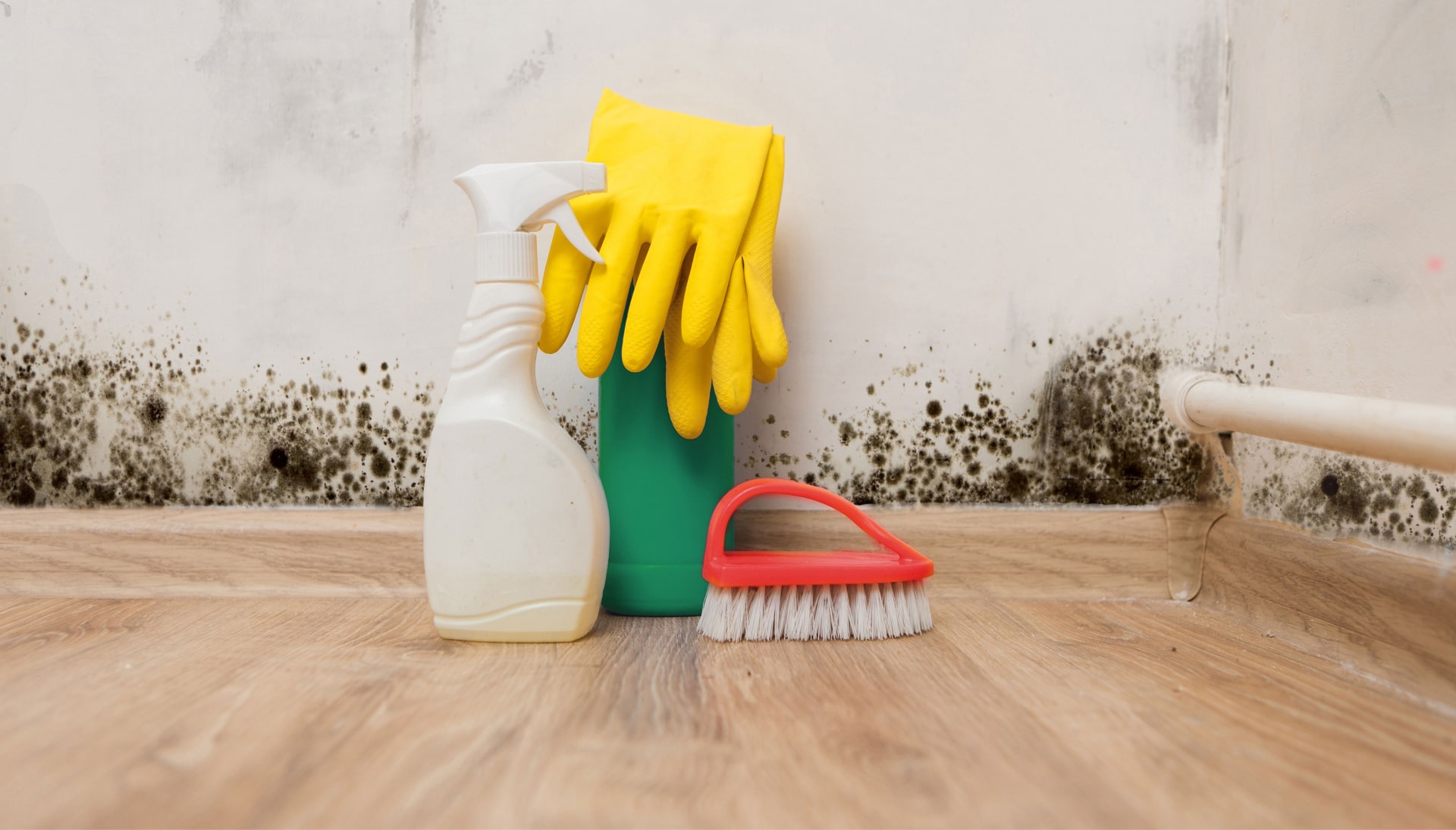
Commercial Mold Removal Services
Understanding Mold Inspection: Protecting Your Home
Mold growth in a home can be a significant concern, potentially leading to health issues and structural damage. Mold inspections are a crucial step in identifying and addressing these problems, ensuring a safe and healthy living environment.
Why is Mold Inspection Important?
Mold thrives in damp, poorly ventilated areas, often hidden from plain sight. A professional mold inspection can:
- Identify mold presence, even in concealed locations.
- Determine the type of mold and the extent of the contamination.
- Pinpoint the source of moisture that is fueling mold growth.
- Provide recommendations for effective remediation strategies.
Common Areas for Mold Growth
While mold can appear virtually anywhere, some areas are particularly susceptible due to their inherent moisture levels or vulnerability to water intrusion. These include:
- Bathrooms: Showers, tubs, and leaky pipes create a humid environment.
- Basements: Often damp due to poor ventilation or groundwater seepage.
- Attics: Condensation and roof leaks can lead to mold growth.
- Crawl Spaces: Like basements, crawl spaces are prone to moisture issues, making Crawl Space Inspection particularly important.
- Around Windows and Doors: Improper sealing can allow water to penetrate.
The Mold Inspection Process
A comprehensive mold inspection typically involves several key steps:
- Visual Inspection: A thorough examination of the property, looking for visible signs of mold and water damage.
- Moisture Mapping: Using moisture meters to detect damp areas and potential water sources.
- Air Sampling: Collecting air samples to identify the presence and concentration of mold spores.
- Surface Sampling: Taking samples from surfaces to determine the type of mold present.
- Report and Recommendations: A detailed report outlining the findings, including the type of mold, extent of contamination, source of moisture, and recommended remediation steps.
What to Expect After a Mold Inspection
Following the inspection, you’ll receive a comprehensive report that details the findings. This report will guide you on the necessary steps for mold remediation. Remediation may involve:
- Addressing the source of moisture.
- Containing the affected area.
- Removing and disposing of mold-contaminated materials.
- Cleaning and disinfecting surfaces.
- Preventing future mold growth.
Investing in a professional mold inspection is a proactive approach to protecting your health and preserving the value of your property. Addressing mold issues promptly can prevent costly repairs and ensure a safe, healthy living environment for you and your family.
Commercial Mold Removal Services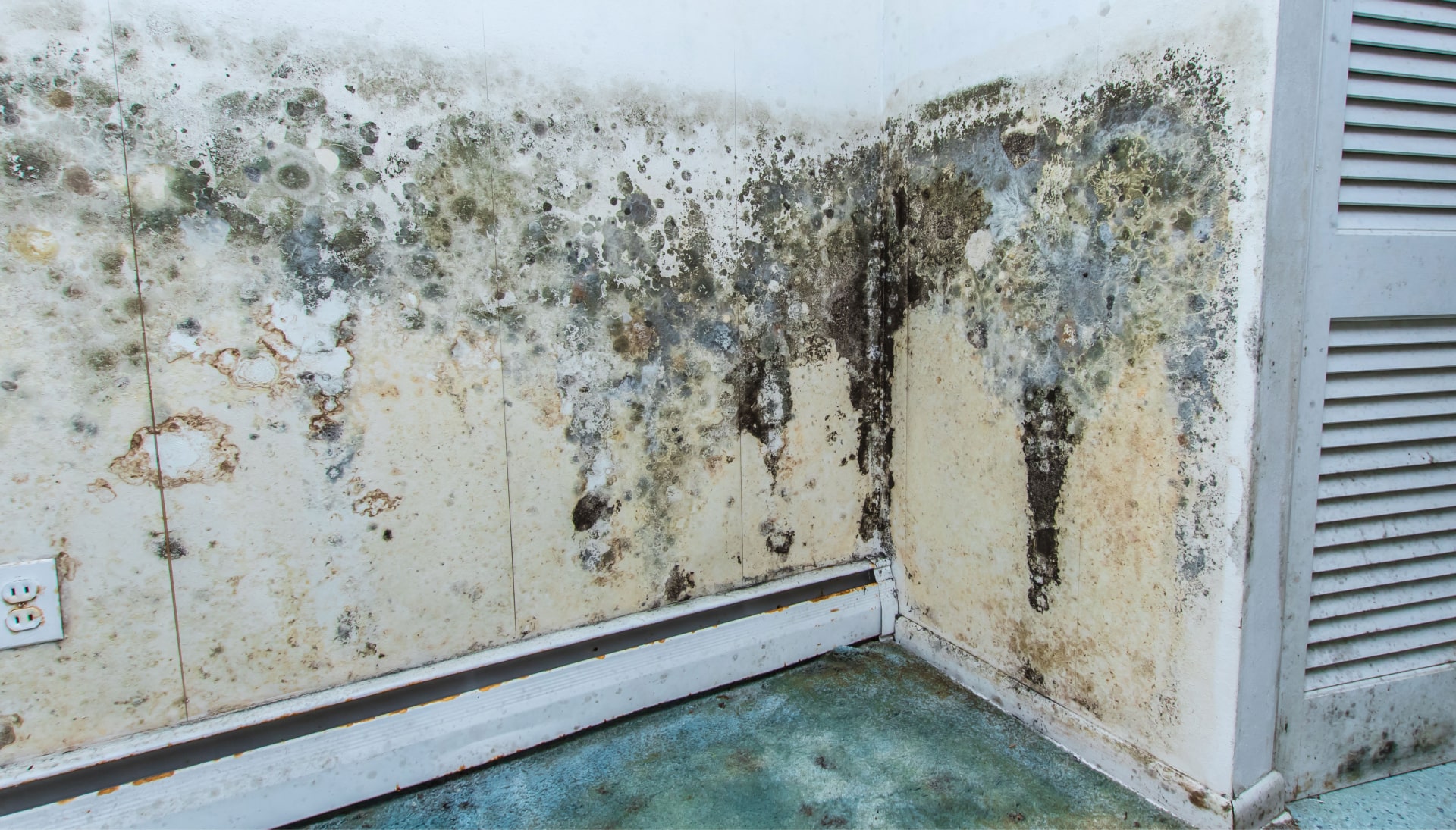
Is Mold Hiding in Your Home?
Mold. Just the word can cause concern. It’s more than an unsightly nuisance; it can be a real problem for your health and the air quality of your home. Many homeowners don’t realize that mold can grow undetected for extended periods, often thriving in hidden areas before becoming visible or causing noticeable symptoms.
The Silent Intruder: Where Mold Hides
Mold loves damp, dark places. This means it can be growing in areas you rarely see, such as behind walls, under floors, and in attics. Even seemingly minor leaks or condensation can provide enough moisture for mold to take hold. Here are some typical hiding spots:
- Underneath sinks and around plumbing
- In poorly ventilated bathrooms
- Within drywall or wallpaper after water damage
- Around windows where condensation occurs
- Inside HVAC systems
The Importance of Professional Mold Inspection
Finding mold early is key to preventing larger problems. A professional mold inspection can identify mold growth, even if it’s not visible to the naked eye. Inspectors use specialized tools and techniques to assess moisture levels, air quality, and potential mold sources. Don’t wait until you see or smell mold. A proactive approach is always the best strategy.
HVAC Mold Inspection: A Critical Step
Your HVAC system is responsible for circulating air throughout your home. If mold is present in your HVAC system, it can easily spread spores to every room, impacting the air quality you breathe. An HVAC mold inspection is crucial for several reasons:
- Mold growth in HVAC systems can significantly reduce efficiency.
- Spores circulated by the system can trigger allergies and respiratory issues.
- Hidden mold within the ducts can be difficult to detect without specialized equipment.
What to Expect During a Mold Inspection
A comprehensive mold inspection typically involves a visual examination of the property, moisture readings in suspect areas, and air quality testing. Samples may be collected to identify the type of mold present. The inspector will provide a detailed report outlining their findings, including the location and extent of any mold growth, as well as recommendations for remediation.
Protecting Your Home and Health
Mold isn’t just a cosmetic issue; it can pose significant health risks, especially for individuals with allergies, asthma, or weakened immune systems. Exposure to mold spores can lead to a variety of symptoms, including:
- Respiratory problems (coughing, wheezing, shortness of breath)
- Skin irritation and rashes
- Eye and throat irritation
- Headaches and fatigue
Addressing mold growth promptly is essential to safeguarding your health and maintaining a healthy indoor environment. Regular inspections, particularly HVAC mold inspections, can help identify and eliminate mold before it becomes a major problem.